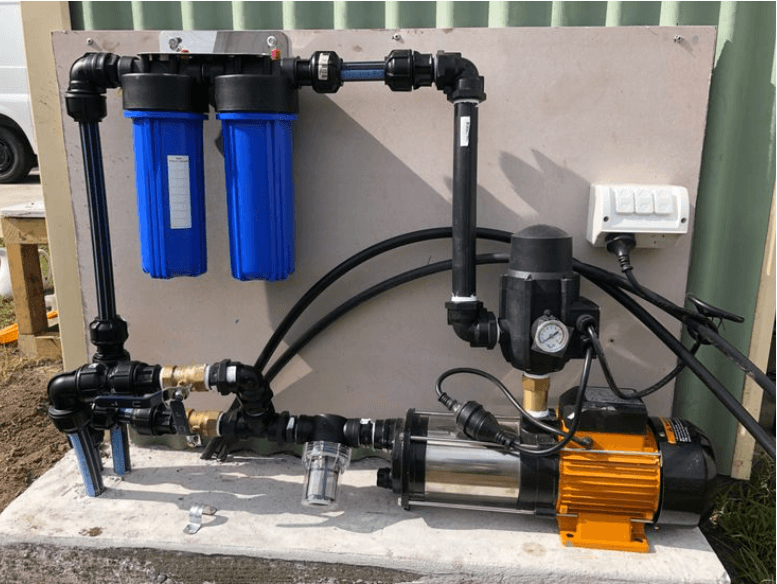Lake Water Treatments – Essential Methods for Healthier and Cleaner Lakes

Lakes are dynamic ecosystems that require careful attention to maintain their clarity, balance, and health. Whether natural or man-made, lakes are often impacted by pollution, nutrient loading, algae blooms, and stagnant conditions. That’s where Lake Water Treatments play a critical role. These treatments not only restore water quality but also ensure the survival of aquatic life and the enjoyment of recreational use.
In this guide, we delve into the most effective lake water treatment strategies, how they work, and why they’re essential for maintaining pristine, healthy water bodies.
Why Are Lake Water Treatments Necessary?
Without regular treatment, lakes can suffer from a range of issues:
- 🌿 Excessive algae growth
- 💧 Turbid or cloudy water
- 🐟 Fish kills due to low oxygen
- 🧪 Elevated nutrient levels (nitrogen and phosphorus)
- 🦠 Pathogenic bacteria and foul odours
These problems are commonly caused by runoff, waste accumulation, and poor circulation. Over time, they can damage the lake’s ecosystem and pose risks to public health.
Implementing professional lake water treatments helps reverse these issues and support long-term ecological balance.
Types of Lake Water Treatments
1. Aeration Systems
One of the most effective ways to improve lake health is through aeration, which increases dissolved oxygen levels throughout the water column. Oxygen-rich water supports fish, breaks down organic waste, and reduces harmful gases like hydrogen sulfide.
Popular aeration methods include:
- Diffused bottom aeration systems
- Surface fountains
- Wind-powered or solar aerators
Aeration also disrupts thermal stratification, making it harder for algae to thrive in nutrient-rich bottom layers.
2. Biological Additives
Also known as bioaugmentation, this treatment introduces beneficial bacteria and enzymes that digest organic muck, reduce nutrients, and outcompete harmful algae.
These microbial treatments are:
- 100% natural and eco-friendly
- Safe for fish, wildlife, and humans
- Effective at reducing sludge and odours
Biological lake water treatments are often used as part of a regular maintenance plan.
3. Algaecides and Herbicides
When algae or invasive aquatic plants grow out of control, chemical treatments like algaecides and herbicides can be used. These are specially formulated to:
- Kill blue-green algae and filamentous algae
- Control invasive weeds like hydrilla, duckweed, and watermilfoil
- Prevent future outbreaks when used as a preventative
It is crucial to apply these products under regulatory guidelines and with professional oversight to avoid harming desirable species.
4. Nutrient Inactivation
Phosphorus is a key driver of algae growth. Phosphorus inactivation treatments use compounds such as alum (aluminum sulfate) to bind phosphorus, making it unavailable to algae.
Benefits include:
- Long-term nutrient control
- Improved water clarity
- Lower algae levels
This technique is ideal for lakes with high phosphorus levels from stormwater or agricultural runoff.
5. Mechanical Harvesting
For large infestations of aquatic plants or algae mats, mechanical harvesting is a fast and effective solution. Specialised equipment removes biomass from the water, preventing decay and nutrient recycling.
This method is often used in conjunction with other lake water treatments for optimal results.
Sustainable Lake Management Practices
Beyond treatments, long-term lake health depends on holistic watershed management. This includes:
- Buffer planting with native vegetation to reduce runoff
- Stormwater control systems to minimise pollution
- Regular water quality testing to monitor changes
Educating communities about preventing pollution and maintaining their lakes is also critical for sustained improvements.
When to Use Professional Lake Water Treatments
While some treatments can be DIY, most lake care projects—especially in larger or more polluted lakes—require licensed professionals. Specialists can conduct detailed lake assessments, identify the root causes of water issues, and recommend a custom treatment plan.
Look for experts who offer:
- Free water analysis
- Long-term management strategies
- Eco-conscious product usage
- Maintenance and follow-up services
Conclusion: Invest in Effective Lake Water Treatments
Keeping a lake healthy, beautiful, and safe isn’t just a one-time task—it’s an ongoing responsibility. With the right lake water treatments, you can restore water clarity, protect wildlife, and enjoy your lake for generations to come.
Whether you’re a homeowner with a private lake or a municipality managing a public waterbody, investing in professional lake treatment services is the key to lasting results.




